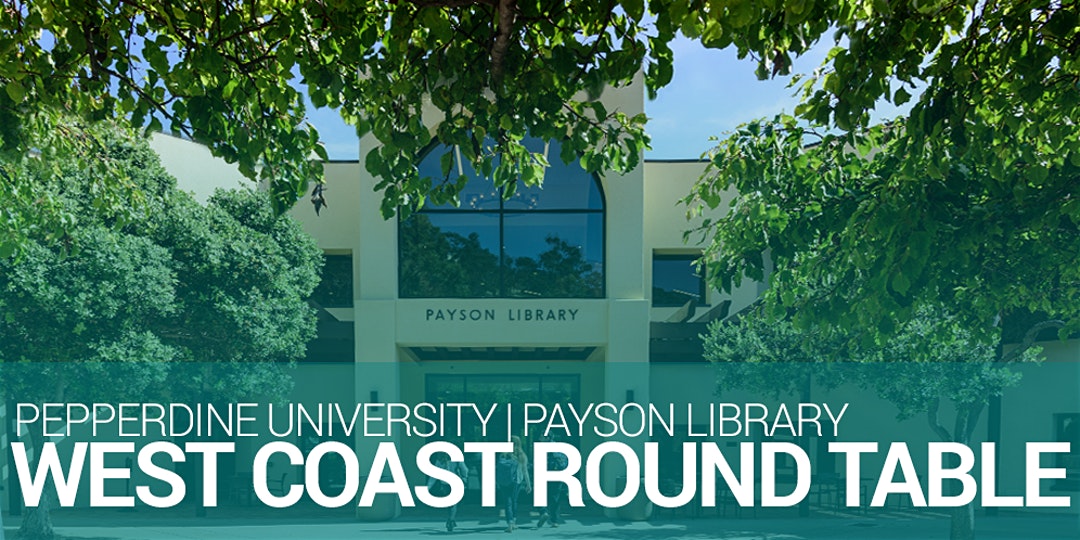
Our Cultural Heritage Round Tables began as small, one-off gatherings between Digital Transitions and our clients, as a formal way for us to gather the community’s collective feedback on their experience with our equipment and how we could work to improve it.
Since its inception, the event has grown from a single day at our office to three annual conferences in key regions across the United States. Attendees come from a variety of disciplines and institutions to demo new digitization technology, learn best practices, discuss workflow tips, and network with other cultural heritage professionals.
Each event features presentations by industry-leading professionals, outlining challenging problems and innovative solutions. Past presenters have included experts from The National Geographic Society, The J. Paul Getty Museum, Northwestern University, and the Minneapolis Institute of Art, among many others.
While we stay in constant contact with our clients, these events provide us the chance to spend an entire day listening to the work they are doing, and for them to meet one another, building the collaborative community that we work hard to foster. As such, they have become some of the most important and sought after cultural heritage events of the year.
The 2020 West Coast Round Table will be held March 12th at Pepperdine University in Payson Library’s Surfboard Room, 2nd Floor, from 9:00 AM to 6:00 PM. Breakfast and lunch will be provided and participants are invited to a happy hour offsite following the event.
This Year’s Speakers & Topics:
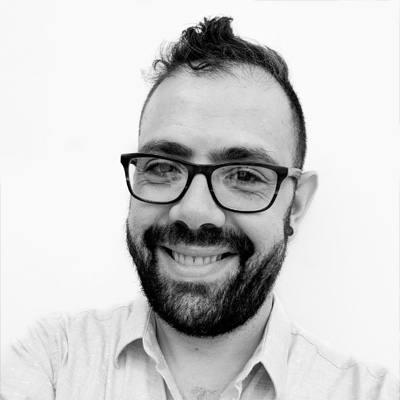

Teaching Alchemy: Incorporating Digitization into the Digital Humanities Curriculum
Josias Bartram, Librarian for Digital Publishing, Curation, and Conversion at Pepperdine University Libraries
Emilie Schutt, Senior English Literature Major & Digital Humanities Minor, Pepperdine University
Pepperdine’s Payson Library reopened in 2017 after a major renovation that created a dedicated Special Collections wing, and a Digital Projects Lab to house digitization and digital collections initiatives. The primary design principle underlying this reconfiguration was the idea of making the library’s invisible work—such as preservation, processing collections, and digitization—more visible and relevant to students and faculty. Therefore, as we began looking for equipment that would allow us to fully utilize this new space, we knew that we were interested in using it to directly support teaching and learning. With this goal in mind, we worked with faculty in Pepperdine’s Digital Humanities program to begin teaching the process of digitization as part of the Introduction to Digital Humanities class. We found that giving students the responsibility of digitizing and transcribing primary source materials that they were studying transformed their understanding of the relationship between the material object and the text, and allowed them to notice details—such as watermarks in the stationary—that were not initially apparent to them in either the physical object or the digital surrogate. We are continuing to develop and refine our approach to providing hands-on digitization experience as a key component of the Digital Humanities curriculum.

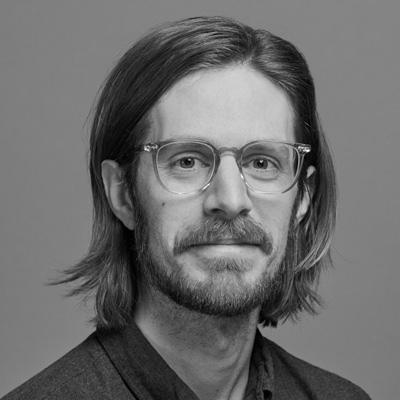
Building a New Digital Production Lab: A Practical Guide for Going From the Back of a Napkin to Reality
Laura Cray, Digital Services Librarian, Oregon Historical Society
Robert Warren, Digital Services Photographer, Oregon Historical Society
In 2019, the Oregon Historical Society completed construction on a new digital production lab. The DPL is part of a broader OHS initiative to launch a new digital collections program and revitalize their photo services department. In this presentation Digital Services Librarian, Laura Cray, and Digital Services Photographer, Robert Warren, will discuss the design process and provide practical tips for constructing your own imaging lab space. This presentation will cover a range of technical details from big picture considerations like navigating fundraising, space politics and working with contractors to smaller details such as selecting paint color, lighting design, and equipment.
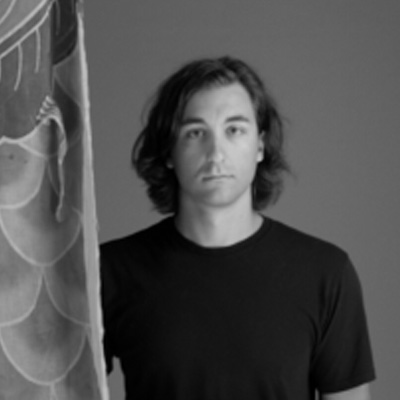
Focus Stacking for Museums: Getting the Most Out of Your Images
Ben Cort , Portland Art Museum
Focus stacking is often thought of as a specialized tool for naturalists looking to get up close and personal with various flora and fauna. For a museum without large natural history or miniature collections, is there a case to be made to include focus stacking into day to day image capture? As image size and quality constantly increase, often the only hindrance to image usability is sharpness. Traditionally, using smaller apertures to gain a larger depth of field has been a reasonable workaround, but diffraction and exacting sharpness standards are making this technique less and less viable. Focus Stacking has the potential to give a second life to your images. From picking out new details, to limiting object handling, this technique can have wide reaching implications for your institution. Using practical examples from the collection of the Portland Art Museum, I will describe the practical advantages, imaging procedures and post processing workflows to help you make the most of this process.
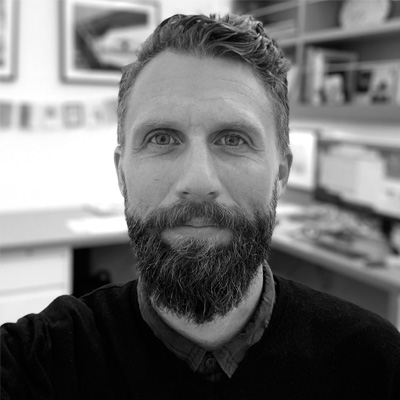
Getty’s work in 3D Imaging
Todd Swanson , Digital Imaging Manager, J. Paul Getty Trust
Within arts institutions, cultural heritage objects are most often explicitly photographed for web use and publication using technology that results in a 2-dimensional rendering. There exists, however, a class of imaging often referred to as computational imaging, used to support research and analysis that can contain multiple modalities of capture existing outside of the “standard” methods. These techniques can include 3D imaging, structured light scanning, and multispectral capture – photographing an object using the light outside the visible spectrum. In this presentation, Swanson will review some recent work in Getty’s exploration in this space, particularly in 3D capture and rendering, show test cases, discus experimental pipelines for data processing, and look ahead at future work and the challenges that surround that work.

Coding for Cultural Heritage
Jeremey Moore, Digital Production Technical Manager at the University of Tennessee Libraries
Doug Peterson, Head of R+D Digital Transitions
Cultural Heritage Digitization often includes repetitive post processing tasks where precision and accuracy matter. In some cases there are native tools for those tasks, such as AutoCrop in Capture One CH. But what do you do when no such tool exists? Get Coding! In this presentation we’ll demonstrate three use-cases where a bit of custom programming can improve your workflow: OCR’d PDFs, hashtag generation, and quality-control for cropping.
We’ll also discuss both the pros and cons of this approach including hard costs (pro!), productivity improvement potential (pro), and soft costs (con!). Due to time limitations, this session will be an overview rather than a step-by-step tutorial, but depending on feedback on this presentation we are considering offering a two-day DT Digitization class on this topic.

Creating Workflow Efficiencies for Mass Digitization Projects
Eric Philcox, DT Heritage
From customer scripting to intelligent use of staff, there are many ways to create speed improvements for mass digitization projects. DT Heritage founder, Eric Philcox, will go over some of the ways DT Heritage creates custom solutions to handles unique and challenging material.
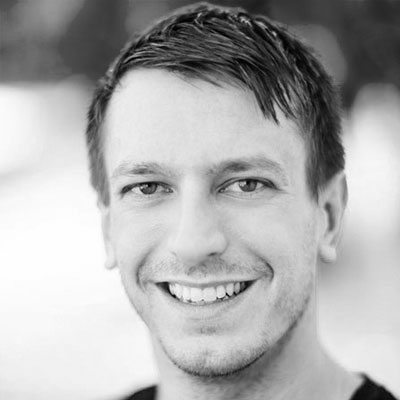
The Latest & Greatest Digitization Technology
Doug Peterson, Head of R+D Digital Transitions
In addition to the secret product we’ll be announcing, we’ll also take time to showcase the latest innovations in digitization hardware. DT’s very own Head of R+D, Doug Peterson will give a spirited presentation on what’s new and what’s coming up, as well as answer any questions you may have.
